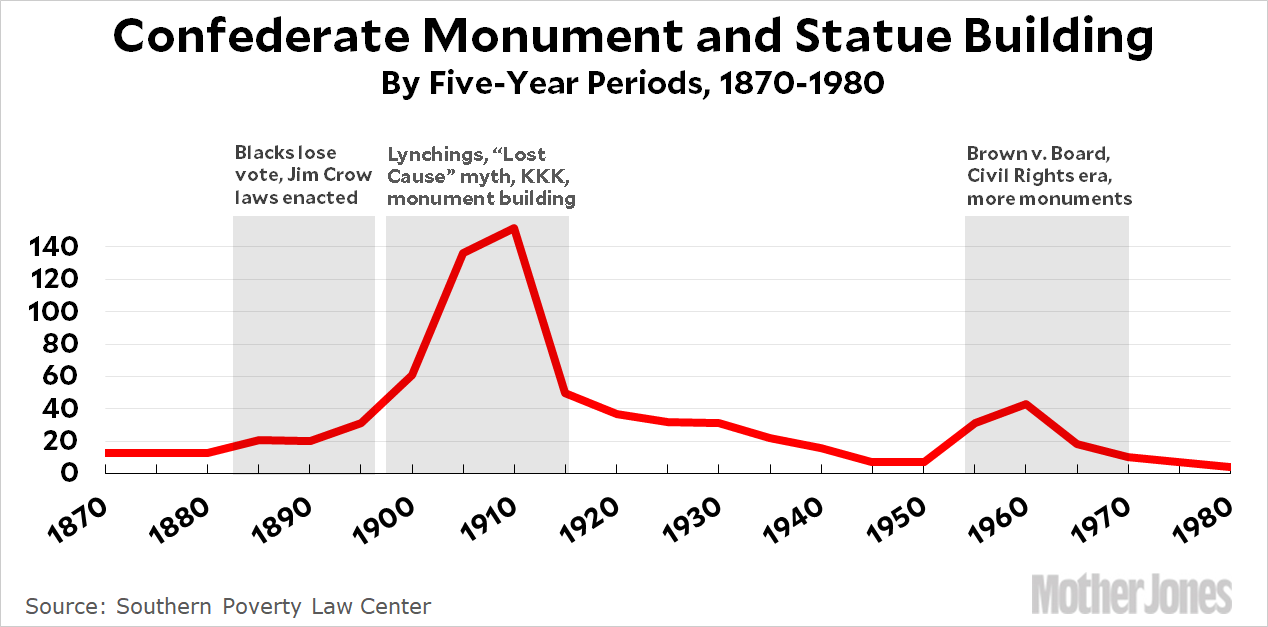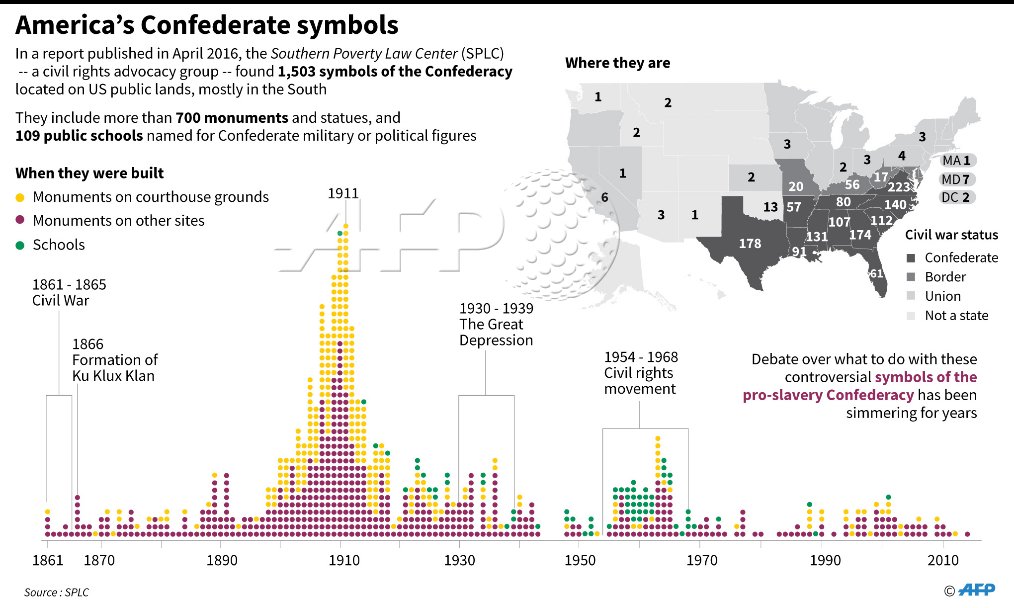On the Ground in 1865 - The Realities of Reconstruction
Reconstruction and the Civil War ended slavery, altered relationships between the states and the federal government, and led to debates over new definitions of citizenship, particularly regarding the rights of African Americans, women, and other minorities.




James Madison (1787) vs Thaddeus Stevens (1865)

Historical Context: The 1870's, violent opposition in the South and the North's retreat from its commitment to equality, resulted in the end of Reconstruction. By 1876, the nation was prepared to abandon its commitment to equality for all citizens regardless of race.
Sharecropping: Local merchants provided food and supplies all year long on credit; when the cotton crop was harvested farmers turned it over to the merchant to pay back their loan. A sharecropper pays rent with a portion (1/2) of the crop he raises. Sometimes there was cash left over; when cotton prices were low, the crop did not cover the debt and the farmer started the next year in the red. The credit system was used by land owners, sharecroppers and tenant farmers.
Positive – A level of freedom unattainable under the old system of slavery.
Negative- exploitation - Without land or capital ($) freed slaves were forced to work for large landowners. Created dependence and povertyFarms rented to Blacks. Supplies sold on credit at inflated prices When crop came in, it went towards paying off debt. Crop never enough to cover debt, which just increased each year (Kept blacks poor)
Tenant Farming (1870s) Tenant farming was historically a step on the "agricultural ladder" from hired hand or sharecropper taken by young farmers as they accumulated enough experience and capital to buy land (or buy out their siblings when a farm was inherited.)
Tenants typically bring their own tools and animals. It is distinguished from being a "hired hand" and being a sharecropper. A hired hand is an agricultural employee even though he or she may live on the premises and exercise a considerable amount of control over the agricultural work, such as a foreman.

The Barrow Plantation 1860 vs 1881
The crop-lien system and Sharecropping (1865) After the Civil War, farmers in the South had little cash. As a result, the majority of Freedmen entered sharecropping arrangements with former masters or other nearby planters. The crop-lien system was a way for farmers to get credit before the planting season by borrowing against the value for anticipated harvests.

A Letter from Jourdan Anderson
Black Codes (1865)
Discriminatory laws passed in many Southern states when the Civil War ended and Reconstruction began. These acts placed limits on the socioeconomic opportunities open to newly freed blacks. (Prohibited by the Civil Rights Act of 1866)
Some common elements of Black Codes were:
Race was defined by blood; the presence of any amount of black blood made one black.
Employment was required of all freedmen; violators faced vagrancy charges.
Freedmen could not assemble without the presence of a white person.
Freedmen were assumed to be agricultural workers and their duties and hours were tightly regulated.
Violators of these laws were subject to being whipped or branded.

Restricted freed slaves from: Voting, Serving on juries, Right to testify against whites, Marrying whites, Bearing arms in public, Holding certain jobs, Starting their own businesses, Traveling without permits

PLESSY vs FERGUSON (1896)
The Supreme Court and African Americans 1857 to 1954

Jim Crow laws (Click link for examples)State and local laws in the United States enacted between 1876 and 1965. They mandated de jure racial segregation in all public facilities, with a supposedly "separate but equal" status for black Americans. In reality, this led to treatment and accommodations that were usually inferior to those provided for white Americans, systematizing a number of economic, educational and social disadvantages.
Blacks' right to vote was restricted: Poll taxes (most Southern blacks were poor), Grandfather clauses and Literacy tests
As soon as blacks gained the right to vote, secret societies sprang up in the South, devoted to restoring white supremacy in politics and social life

https://www.ferris.edu/jimcrow/

The Ku Klux Klan
The Ku Klux Klan, founded originally in 1865 as a social club in Tennessee, made a charade of the “profound peace.” The Klan commenced a “reign of terror” on black voters and their defenders during the 1868 election.
Current Events Connect: Push to ban Nathan Bedford Forrest Day

The Enforcement Acts were three bills passed by the United States Congress between 1870 and 1871. They were criminal codes which protected African-Americans’ right to vote, to hold office, to serve on juries, and receive equal protection of laws. Passed under the presidency of Ulysses S. Grant, the laws also allowed the federal government to intervene when states did not act to protect these rights. The acts passed following the ratification of the Fourteenth Amendment to the US Constitution, which gave full citizenship to anyone born in the United States or freed slaves, and the Fifteenth Amendment, which banned racial discrimination in voting.

NOTES on PAGE #20
In the late 19th and early 20th century, Southern states seeking to keep out black voters had a few tools at their disposal.
Poll taxes, fees that all citizens had to pay in order to vote — and as it just so happened, the citizens who couldn't afford to pay poll taxes were disproportionately black.
Other restrictions included literacy tests (which often involved arcane trivia or confusing wording) disproportionately administered to black citizens.
To keep these restrictions from ensnaring poor whites, as well, there was the "grandfather clause" exempted those whose ancestors (grandfathers) had the right to vote before the Civil War, or as of a particular date, from such requirements registered to vote, you were in the clear.
Impeached: The Trial Andrew Johnson and the Fight for Lincoln's Legacy
The vengeful impeachment of Lincoln's successor by the House of Representatives and Senate, for
high crimes and misdemeanors, fails to reach the required two-thirds vote for conviction.
Comments (0)
You don't have permission to comment on this page.